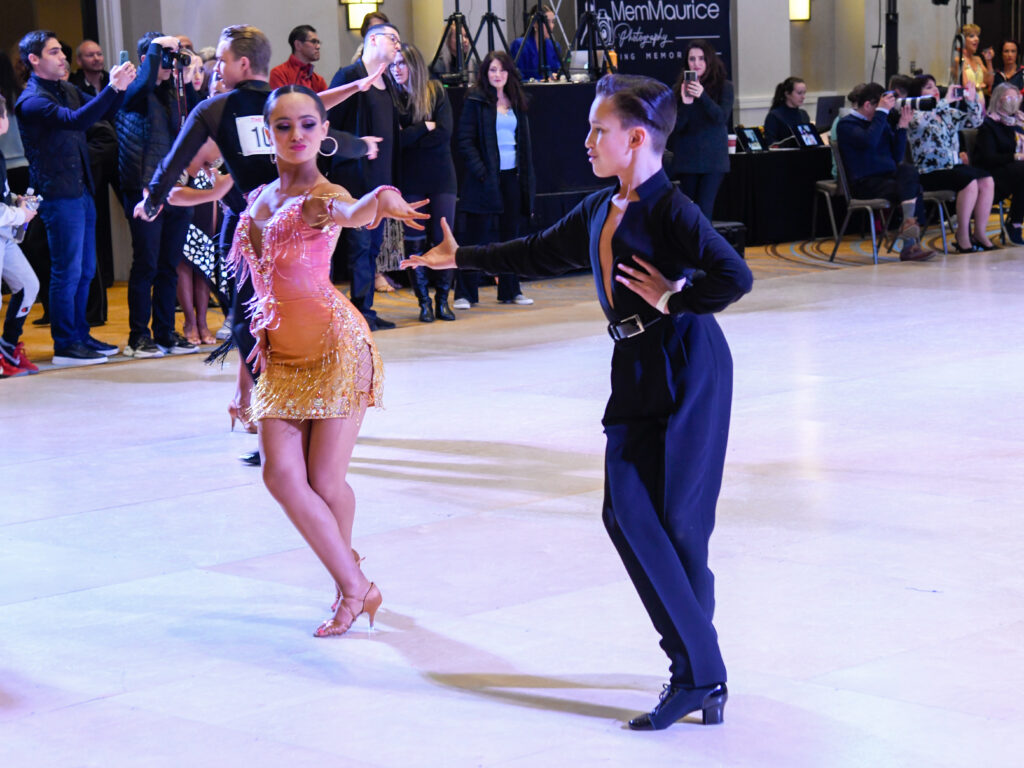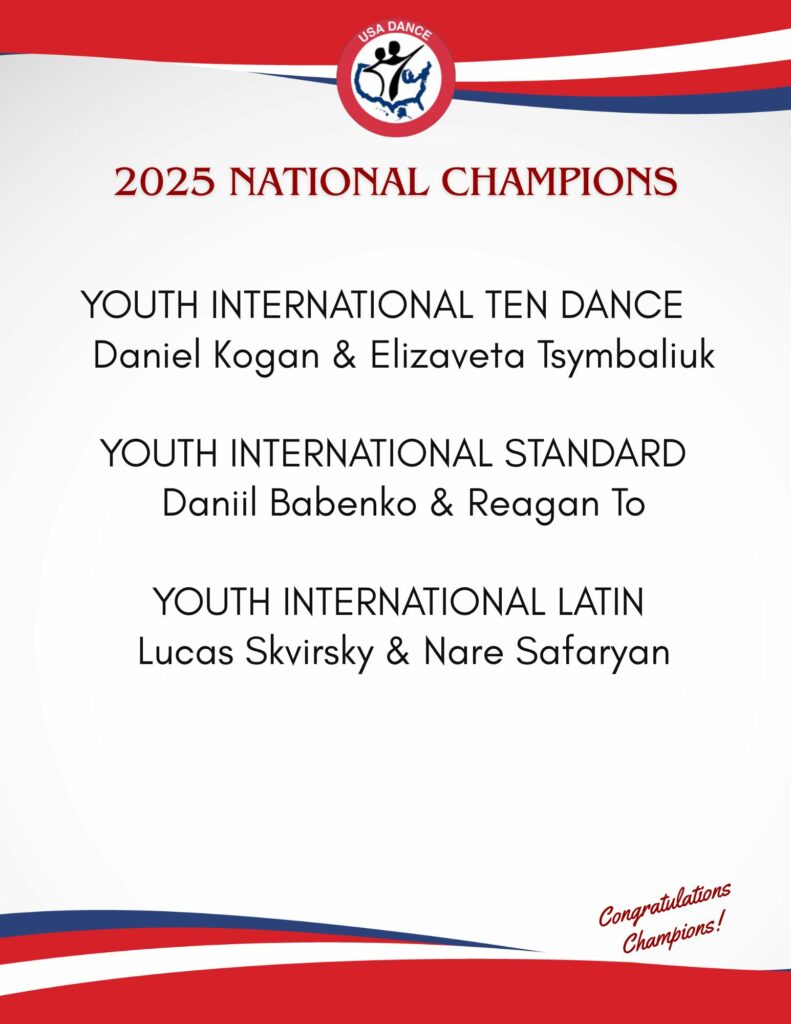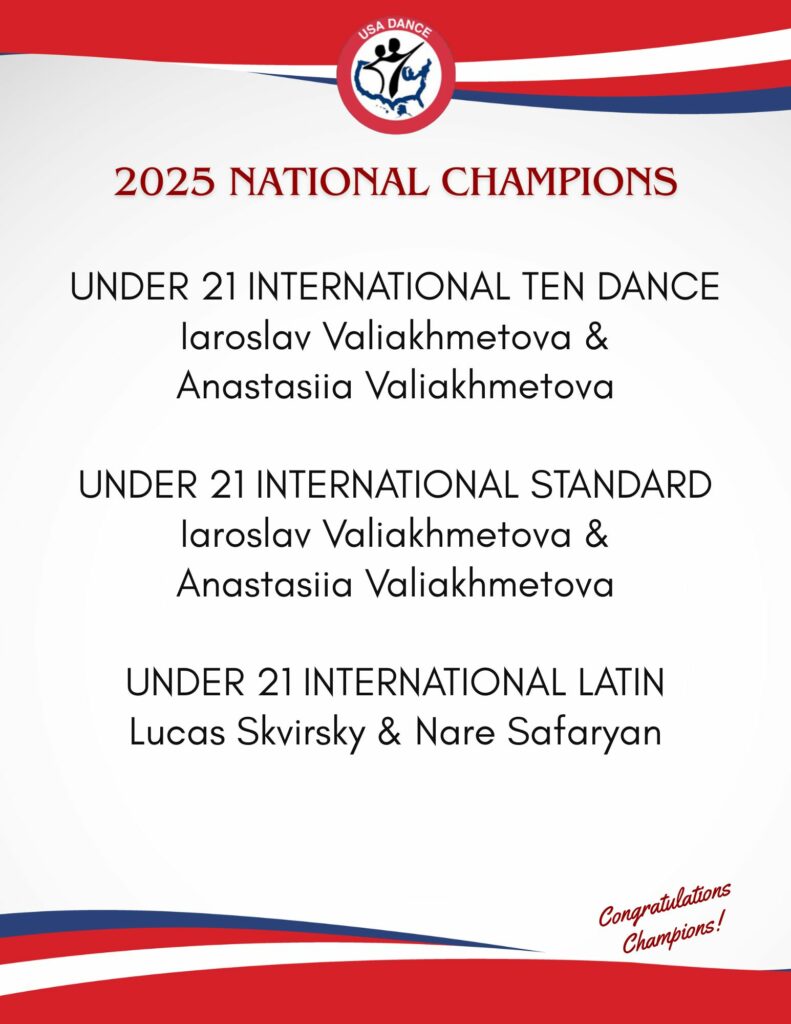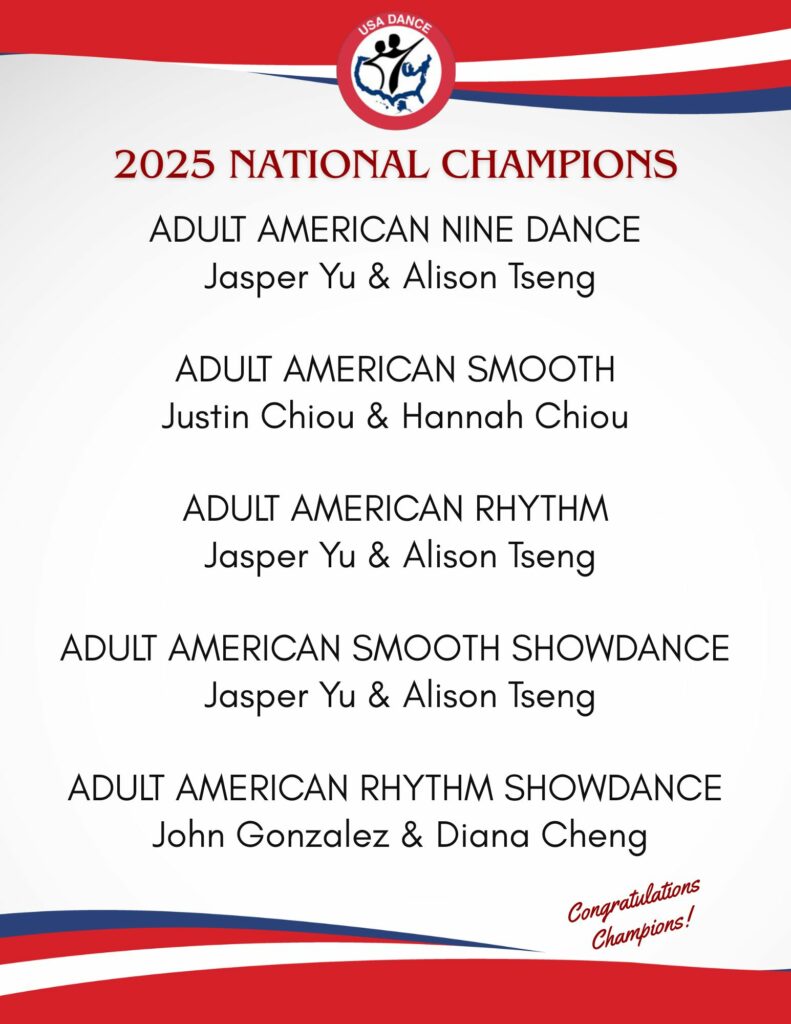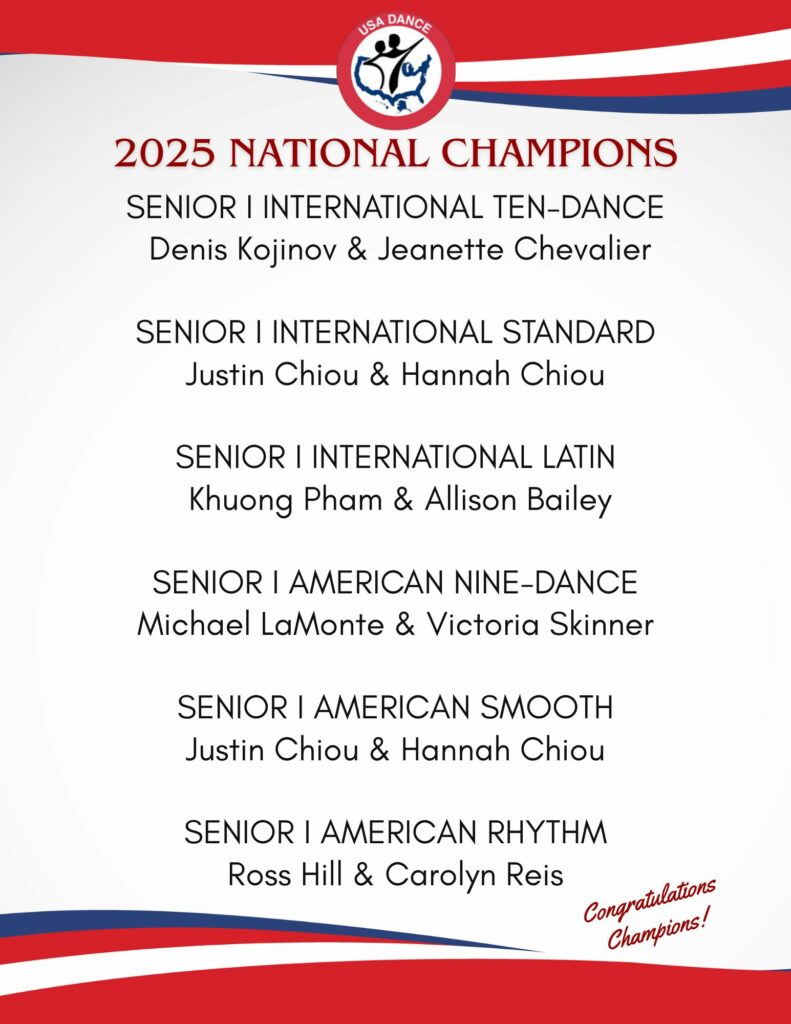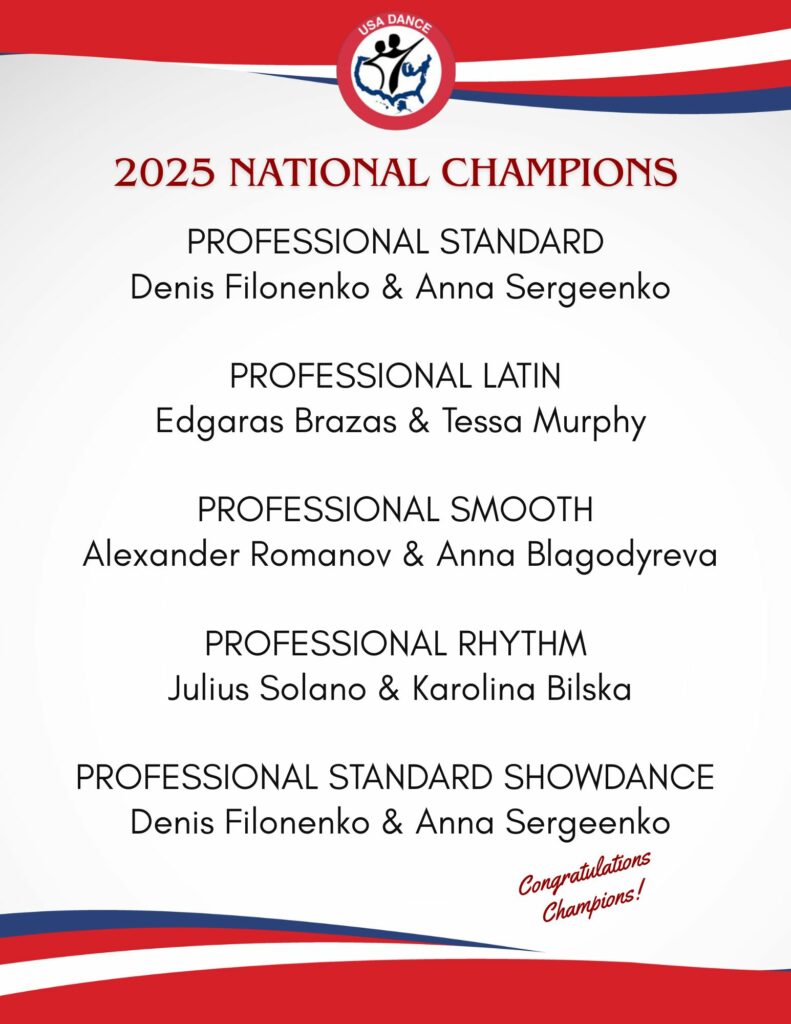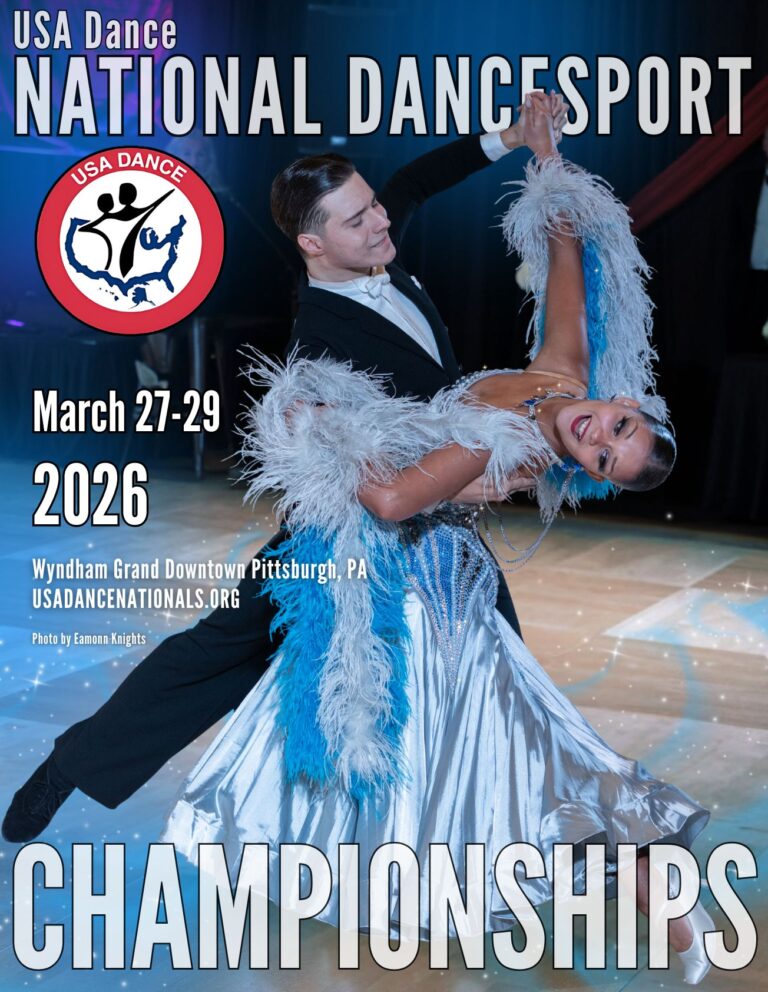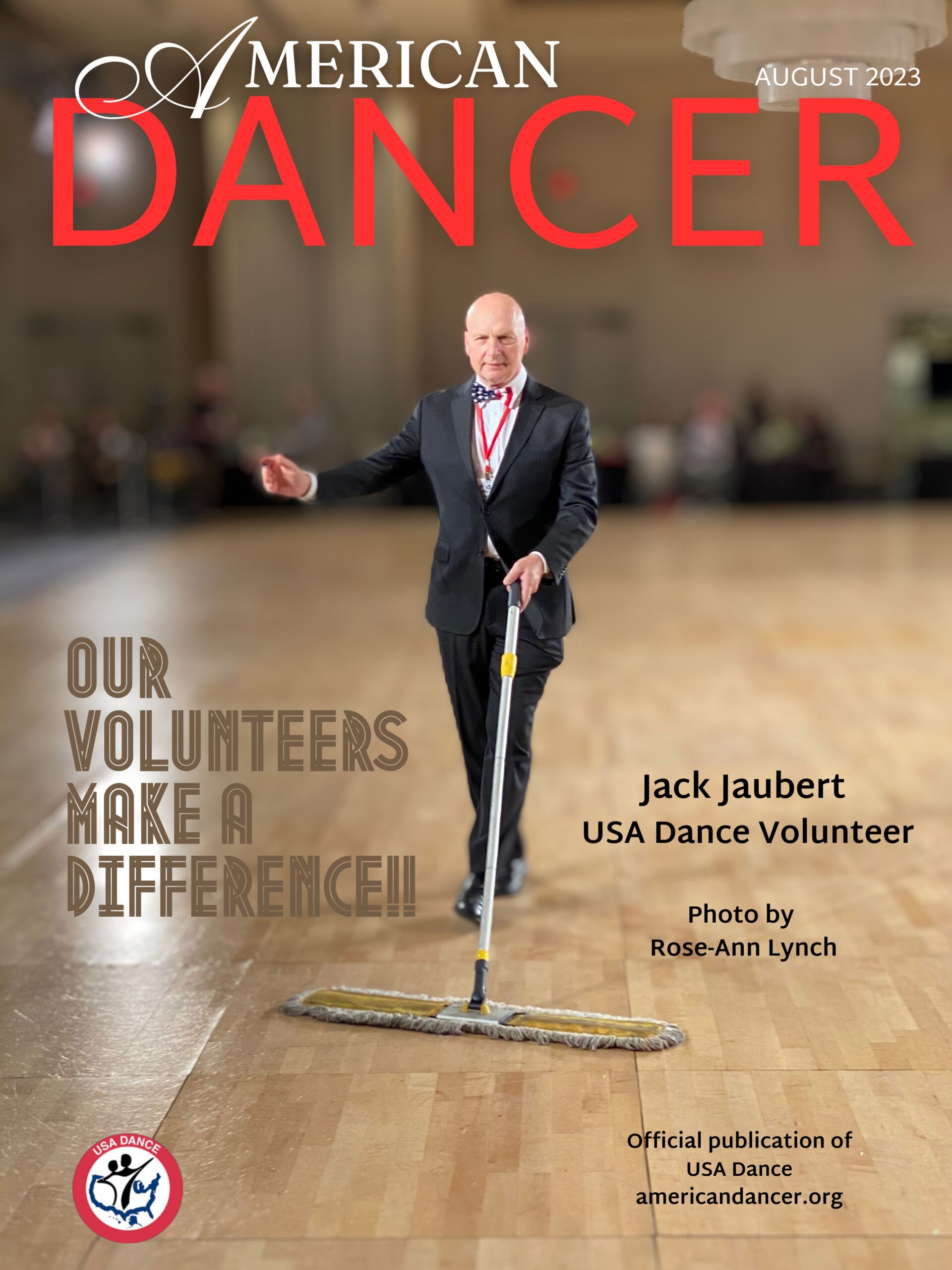Competition jitters are normal, but if you’re one of those people who suffers extreme symptoms, you may notice the quality of your performance along with your ability to find joy in the experience also suffers. This is not unique to ballroom dancers. In fact, the link between anxiety and athletic performance is so profound, an entire arm of psychology (sports psychology) emerged and is devoted, among other things, to helping athletes learn to cope with performance anxiety. There are a lot of strategies for managing anxiety. In this article, I’ll focus on the methods that work for me starting with my favorite, EFT Tapping.
Emotional Freedom Technique a.k.a EFT Tapping
When I first heard about EFT Tapping in 2001, I poo-pooed it. I suffered from night-time panic attacks my entire life and even though it seemed like wacky pseudo-science since nothing else had worked, I gave it a try. I was so shocked by its efficacy, that I taught the method to my kids. They used it to control test anxiety, pre-game jitters, and even headaches. It is safe, non-pharmaceutical, takes about five minutes, and can be done just about anywhere. Tapping involves self-dialogue, a few deep breaths, and short, gentle tapping with the fingertips on specific median/acupressure points. Tapping on these points transmits impulses to receptors in the regions of the brain that control stress and fear, which in turn results in the secretion of neuro-hormones associated with happiness, peace, and well-being. Here’s how it is done.
- Get started by taking a deep breath in and letting it out. Begin by tapping on the area of the side of your hand beneath your pinky (the Karate Chop area). Keep tapping.
- Continue tapping and identify why you are anxious and name it. It can be as broad as “competition anxiety,” or more specific as “forgetting my routines,” “looking awkward,” “failing,” etc. You may speak it aloud, quietly to yourself, or in the silence of your mind. The important thing is to give it a name because the issue you identify will be your focus for the entire exercise. Keep tapping.
- Continue tapping and rate the intensity of your feelings on a scale of one to 10, with 10 being the most intense. Keep tapping.
- Continue tapping and take note of how you’re feeling. Think or quietly say a comforting phrase to yourself. “Even though I am anxious, I choose to relax and be peaceful.” Keep tapping and repeat this phrase twice more.
- Using your index and middle fingers, tap on the meridian/acupuncture points on your body five to eight times consecutively. Recite your comforting phrase as you tap on each meridian point. As you tap, take note of how you feel. Repeat the sequence two or three times. Finish with a deep cleansing breath. The meridian/acupuncture points in order are:
- the inner corner of the brow-bone
- the outer corner of the bone of the eye socket
- under the eye, on the bone of the eye socket
- under the nose on the facial bone above the lip
- the chin
- the top of the collarbone
- under the arm
- top of the head
- Re-rate the intensity of your anxiety on a scale of 1 to ten. Are you feeling less anxious? Repeat the entire process as many times as necessary. Check out this video to clarify any confusion.
Diaphragmatic or Belly Breathing
According to The American Institute of Stress, 20 to 30 minutes of diaphragmatic breathing a day reduces stress and anxiety (American Institute of Stress Take a Deep Breath, August 2012). Get set to belly breath by finding a comfortable position. I prefer sitting cross-legged or lying flat on my back with my eyes closed, but the position is not important as long as you are comfortable. Place one hand on your stomach and one hand on your chest. Relax your stomach muscles. Take a full breath by inhaling slowly and deeply through your nose, allowing the air to move inward and downward so you can feel your stomach rise as it inflates. Exhale slowly and deeply through your mouth, making certain to empty your lungs as completely as possible. Take note of the hand on your stomach as it rises and falls with each breath. The hand on your chest should stay relatively still. Start with breathing for five to 10 minutes a few times a day and work toward twenty minutes a few times a day. Be sure to stop and take a break if you become light-headed. I like to practice belly breathing when I first wake up each morning and just before going to bed each night. It’s a great competition-day routine to establish.
Visual Imagery
I am directionally challenged. I know where I’m going in our home studio, but plop me in a different venue and I get completely discombobulated. Knowing this about myself is one of the primary causes of my competition anxiety. While the Dancing Doc has trouble empathizing with my struggles (he has an acutely accurate sense of direction both on and off the dance floor), he humors me by marking our patterns in the ballroom the night before we compete. Still, once the floor is crowded with couples, the perimeter lined with judges and spectators and the music plays, I am apt to get confused. Using visual imagery to manage this anxiety is essentially imagining I am in the ballroom and rehearsing our routines over and over in my brain.
Visual imagery requires a quiet, comfortable place. Close your eyes and visualize yourself executing your routines. You must do this from your own physical perspective. In other words, imagine you are on the dance floor, viewing your surroundings (floor, crowd, judges, your partner, other couples, etc.) as if you are actually there and not watching yourself like a spectator. I like to play music, a smooth round when I visually imagine myself dancing a Smooth and Rhythm round when I visually imagine myself dancing rhythm. The more I use visual imagery, the more familiar I become with the ballroom and the more confident I become in my ability to stay on the right track. I also often use visual imagery to practice drills and learn new choreography.
Just like anything, managing anxiety takes practice. Don’t get frustrated if a method doesn’t seem like it’s working. Be persistent. Efficacy improves as you become more acquainted with a process and the steps become automatic.
Pre-competition jitters are normal, but if you’re one of those people who suffers extreme symptoms, you may find the quality of your performance along with your ability to find joy in the experience suffers as well. EFT Tapping, Belly Breathing, and Visual Imagery are my top three methods for coping with competition jitters. If you’ve got a method that works for you, share it in the comments section below.
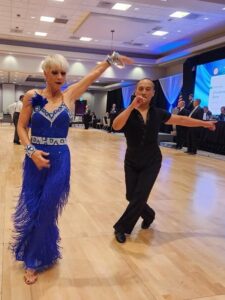
Antoinette Datoc has been a DanceSport member of USA Dance since 2015. She dances Championship American Smooth and Rhythm with her husband, Pat. She is also the creator of The Dancing Housewife, a blog dedicated to all things ballroom and home to the popular advice column, Ask the Dance Diva.

